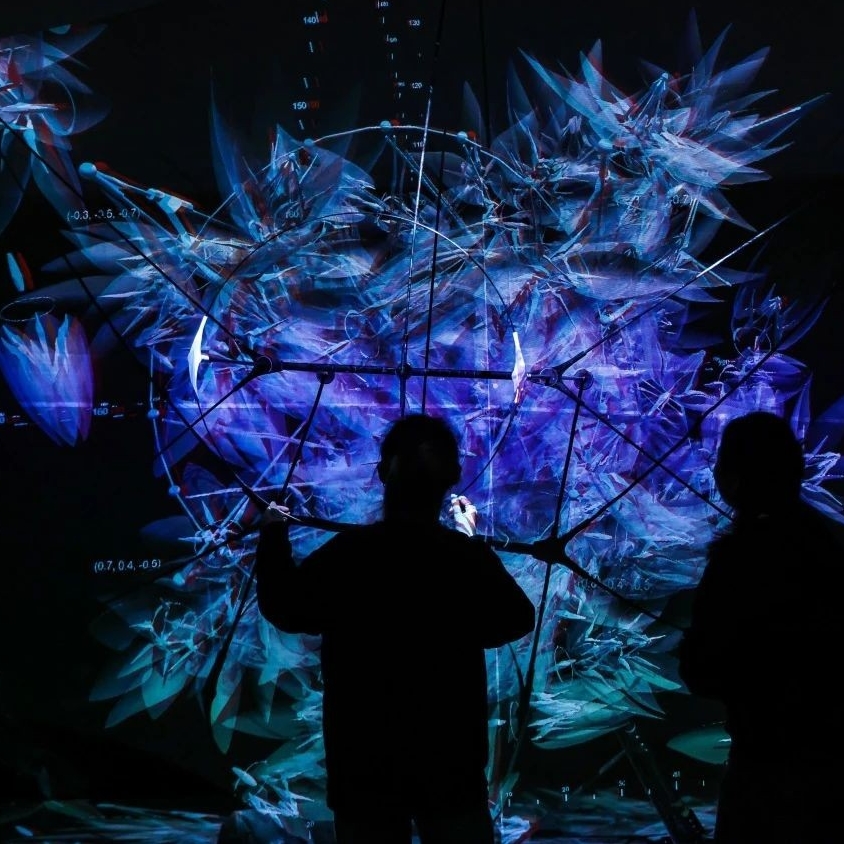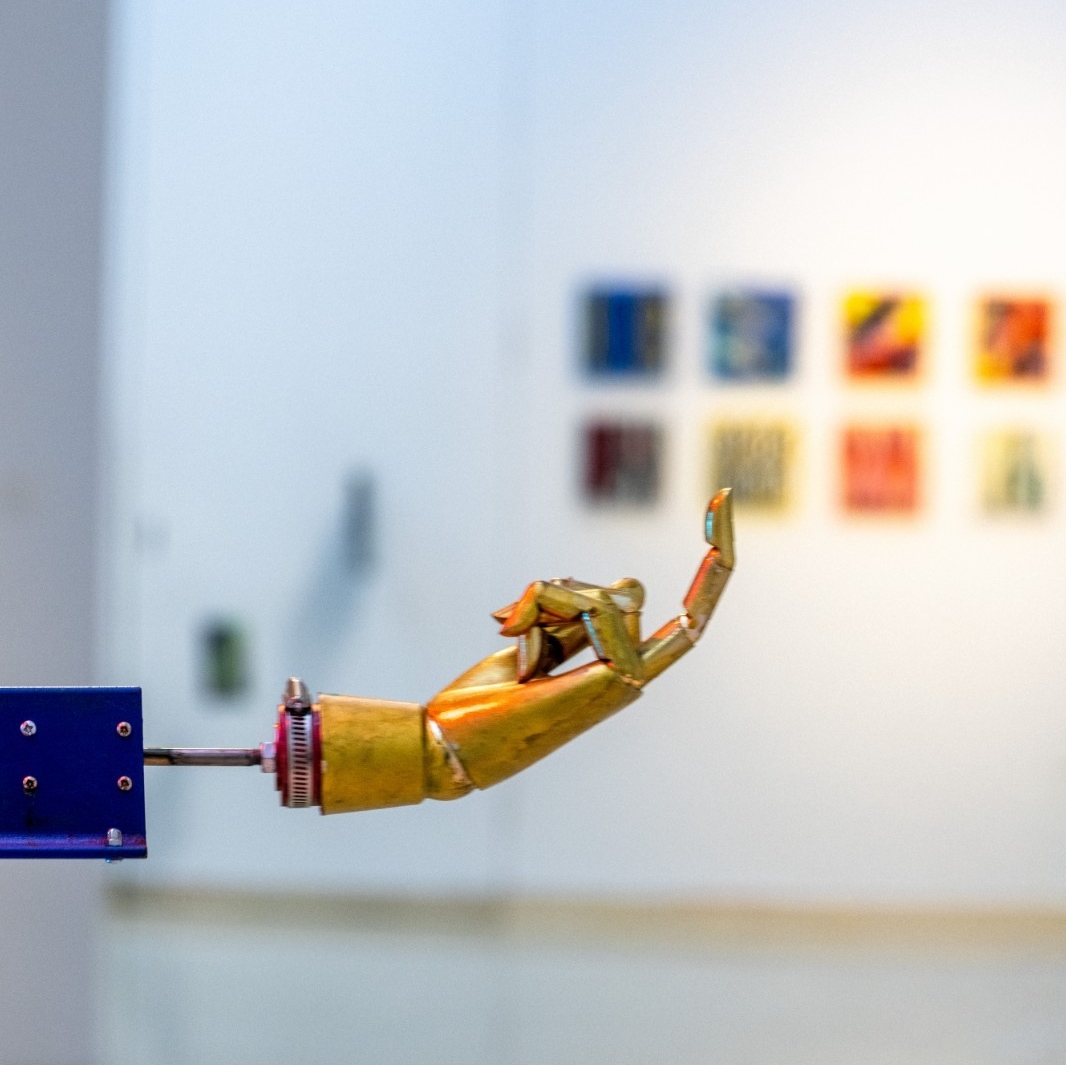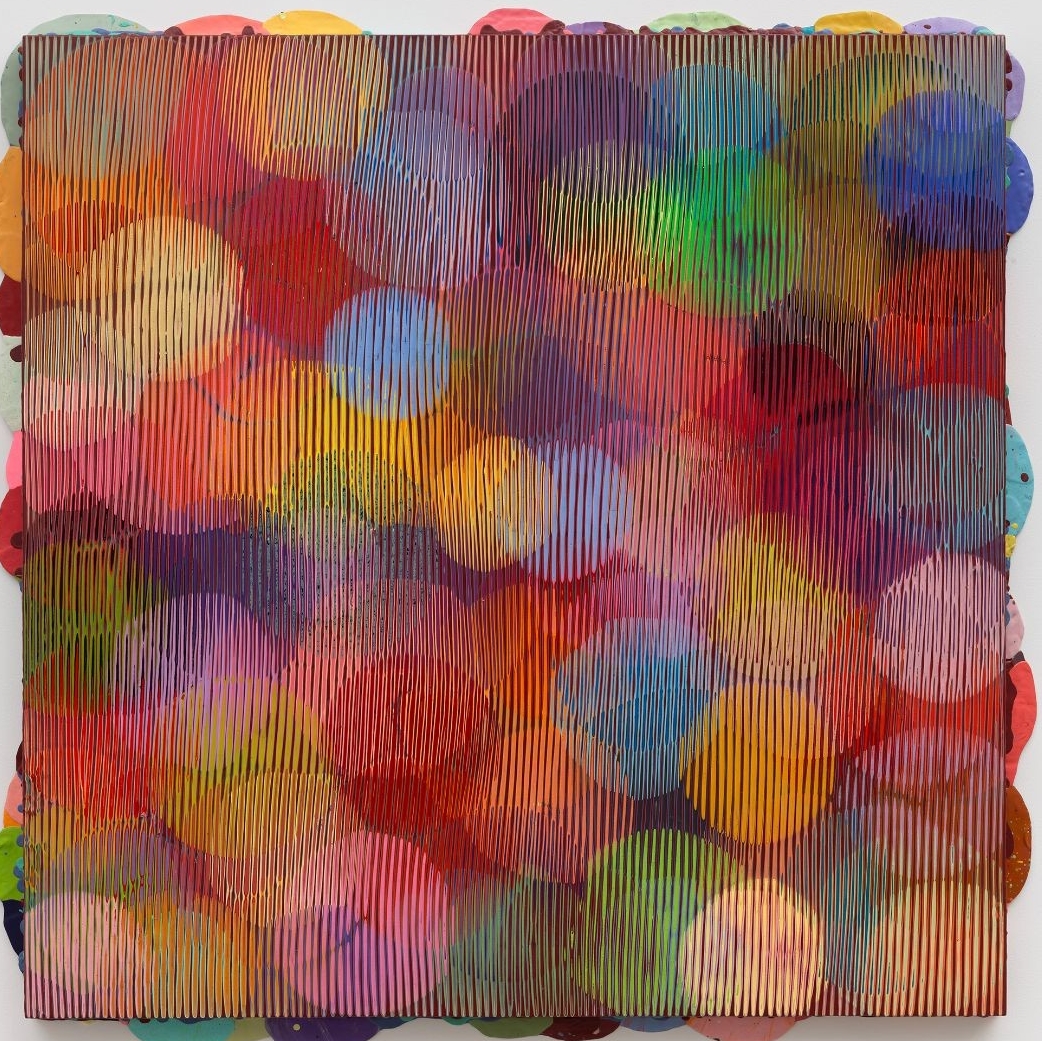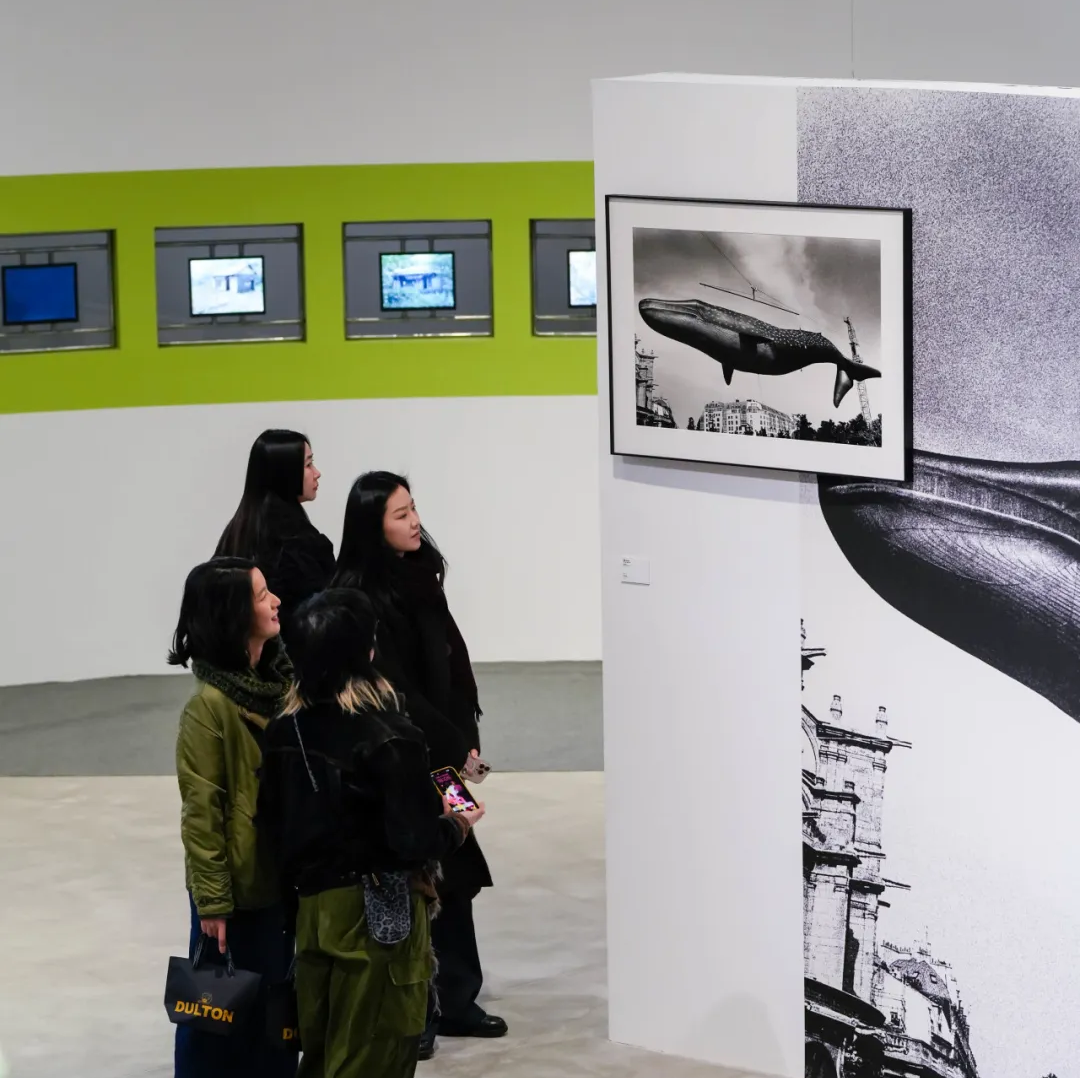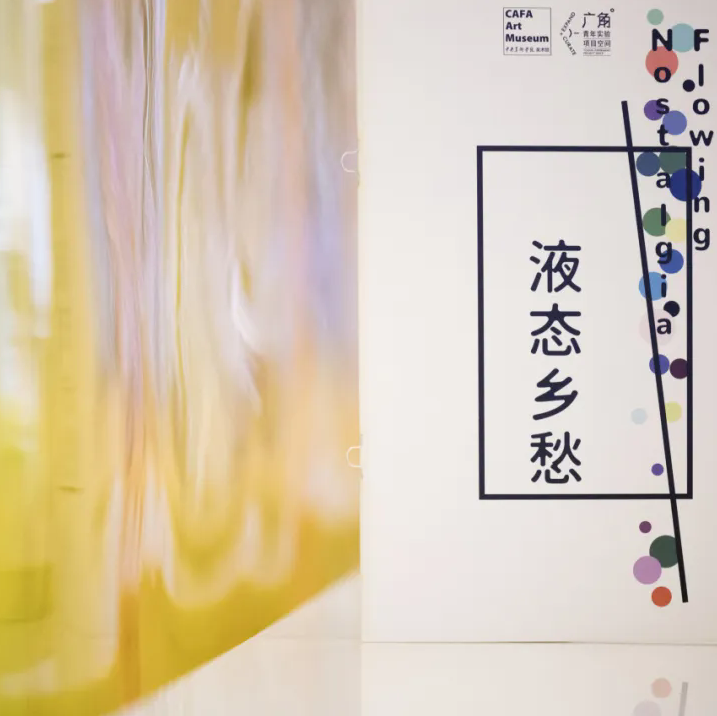At the beginning of 2023, the Third China Xinjiang International Art Biennale officially commenced which engages in the recent upsurge of organizing city biennales in China in order to discuss the close relationship between city development and public needs from a unique historical and cultural perspective. It is currently the only one in Western China to have hosted the third edition of an international art biennial.



Exhibition View of “Harmonious Symbiosis: The Third China Xinjiang International Art Biennale”
The Third China Xinjiang International Art Biennale is organized by the Ministry of Culture and Tourism of the People's Republic of China and the People's Government of Xinjiang Uygur Autonomous Region and is undertaken by the Bureau of International Cooperation and Exchange (Hong Kong, Macao, and Taiwan Office) of the Ministry of Culture and Tourism and the Department of Culture and Tourism of Xinjiang Uygur Autonomous Region. Zhang Zikang, Director of CAFA Art Museum and doctoral supervisor, serves as the Chief Curator of the Biennale, and Wang Shusheng, Director of Xinjiang Art Museum, and Bai Gang, former President of Xinjiang Academy of Fine Arts, jointly serve as directors of the exhibition.
The biennale features “Harmonious Symbiosis” as the theme, presenting 143 artists from 11 countries (including China) and their 260 works through three sub-theme exhibitions of “Civilization and Integration”, “Symbiosis and Dialogue”, “Ecology and Homeland” and two special exhibitions of “Painting Xinjiang: Art Works Related to Xinjiang from the 20th Century” and “Between Heaven and Earth: The Tradition and Reproduction of Contemporary Chinese Ink Art”.



Exhibition View of “Harmonious Symbiosis: The Third China Xinjiang International Art Biennale”
Nowadays, the planning and operation model of the official city biennales in China have evolved into a relatively mature system. Within the duration of the exhibition for a few months, how does a city biennale respond to core elements such as internationality, contemporaneity, and specificity with its large-scale volume and diverse artworks? How does it manage to create a long-lasting and landmark making cultural phenomenon, driving urban innovation through cultural innovation? These have become an important dimension to gauge the significance of the biennale. Based on the distinguishing historical context and diversified cultural ecosystem, the Third China Xinjiang International Art Biennale tries to give its unique answer regarding these core issues. By thoroughly reviewing each chapter and their correlation to the Biennale this year, it is worth noting that the imagination and interpretation of “time” and “space” constitute a vital clue. On the one hand, the Biennale introduces internationally discussed topics and energetic contemporary art creation to Xinjiang, while also engaging in a relationship through dialogue with local art and its connotations. On the other hand, the Biennale investigates the nation's cultural context and historical sites, clarifying the origins and paths of the current art ecosystem in Xinjiang and laying the groundwork for its future cultural ecology.

 The Opening Ceremony of “Harmonious Symbiosis: The Third China Xinjiang International Art Biennale”
The Opening Ceremony of “Harmonious Symbiosis: The Third China Xinjiang International Art Biennale”

The Chief Curator Zhang Zikang delivered a speech at the opening ceremony.


Views of Symposium Titled “Dialogues of Harmonious Symbiosis”
Transcending Space: the Vision of “Symbiosis”
"Symbiosis" is no longer a novel term in the international art exhibition context, referring to a complex evolutionary state that responds to the philosophical concept of "harmony between humans and nature" in the eastern cultural tradition. The proposal of “symbiosis” is based on the collision and communication between various cultures, the game between humans, their bodies and spirits, and surrounding environments, and the confrontation and entanglement between human society, the natural environment, and even civilization in outer space. In the process of creating and exhibiting art, the emergence of high-frequency words will undoubtedly bring challenges to the presentation of differentiation. However, on another level, it also reveals the common dilemma and collective vision faced by all human beings today. In the Third China Xinjiang International Art Biennale, the three themed exhibitions of “Civilization and Integration,” “Symbiosis and Dialogue,” and “Ecology and Homeland” have extended the reflection on “symbiosis” to the exploration of scenes, local customs, and human spiritual pursuit, the dialogue between different civilizations and the discussions among the dimensions of human society and natural ecology.



Exhibition View of “Civilization and Integration”
The chapter “Civilization and Integration” features 26 international and Chinese artists who are active in the field of contemporary art and their creations. The artists investigate various dimensions of "space," such as natural landscapes, urban landscapes, and the human spiritual world, based on their respective cultural visions and historical experiences. As the curatorial team pointed out, while this section focuses on presenting the richness and diversity of global civilizations, the definition of "integration" is crucial.
Intriguingly, in addition to initiating a dialogue between Chinese and Western contemporary art, the Biennale also focuses on Xinjiang's unique geographical location and cultural features. Hence, the “Symbiosis and Dialogue: the Central Asia Unit” has been proposed to raise the concerns of the distinguishing artistic languages from various countries at the crossroads of the Eurasian continent.



Exhibition View of “Symbiosis and Dialogue”
Besides, the ecological issues that triggered a heated discussion around the world are also highlighted in this Biennale. The common imagination of “homeland” by 30 artists exhibited by the chapter “Ecology and Homeland” echoes the vast and rich regional landscape and humanistic features of Xinjiang. The artists in this chapter either care about the flexible and subtle life elements in nature or convey their personal experience of wandering in the expansive natural world and the trivial human society, thus presenting several aspects of the global landscape. At the same time, it can also be explored in this chapter that people’s reflection on the ecosystem and human activities today lies in the imagination of a future-oriented, sustainable world where all things coexist. A perspective that resists anthropocentrism is raising an increasing concern.



Exhibition View of “Ecology and Homeland”
The Thickness of Time: Tracing the Historical Scenes and Artistic Language
Compared to other city biennales in China, the two special exhibitions of “Painting Xinjiang: Art Works Related to Xinjiang from the 20th Century” and “Between Heaven and Earth: The Tradition and Reproduction of Contemporary Chinese Ink Art” in the Third China Xinjiang International Art Biennale, has brought a different historical connotation and time context from the past to present.
“Painting from Nature and Life in Xinjiang” is a unique collective creative activity in the history of modern Chinese art in the 20th century. It is also a significant expression of the changing trends in culture and ideas at a particular time. Artists of the older generation, such as Situ Qiao, Dong Xiwen, Ye Qianyu, Luo Gongliu, Zhong Han, Huang Zhou, etc., used “painting from life” as a method to re-observe, reproduce, and re-understand Xinjiang’s unique natural scenery and landforms, the collision of civilizations along the Silk Road, as well as the rich heritage of visual fine arts such as grottoes, murals, and Buddhist statues. This creative method and collective action have persisted to the present day with the rise of modern art education in China. This chapter examines Chinese artworks from the 20th century that depict magnificent natural landscapes, ethnic customs, and historical relics. Meanwhile, it highlights a distinctive phase in the development of the personal style and artistic vocabulary of these artists from a lateral perspective.



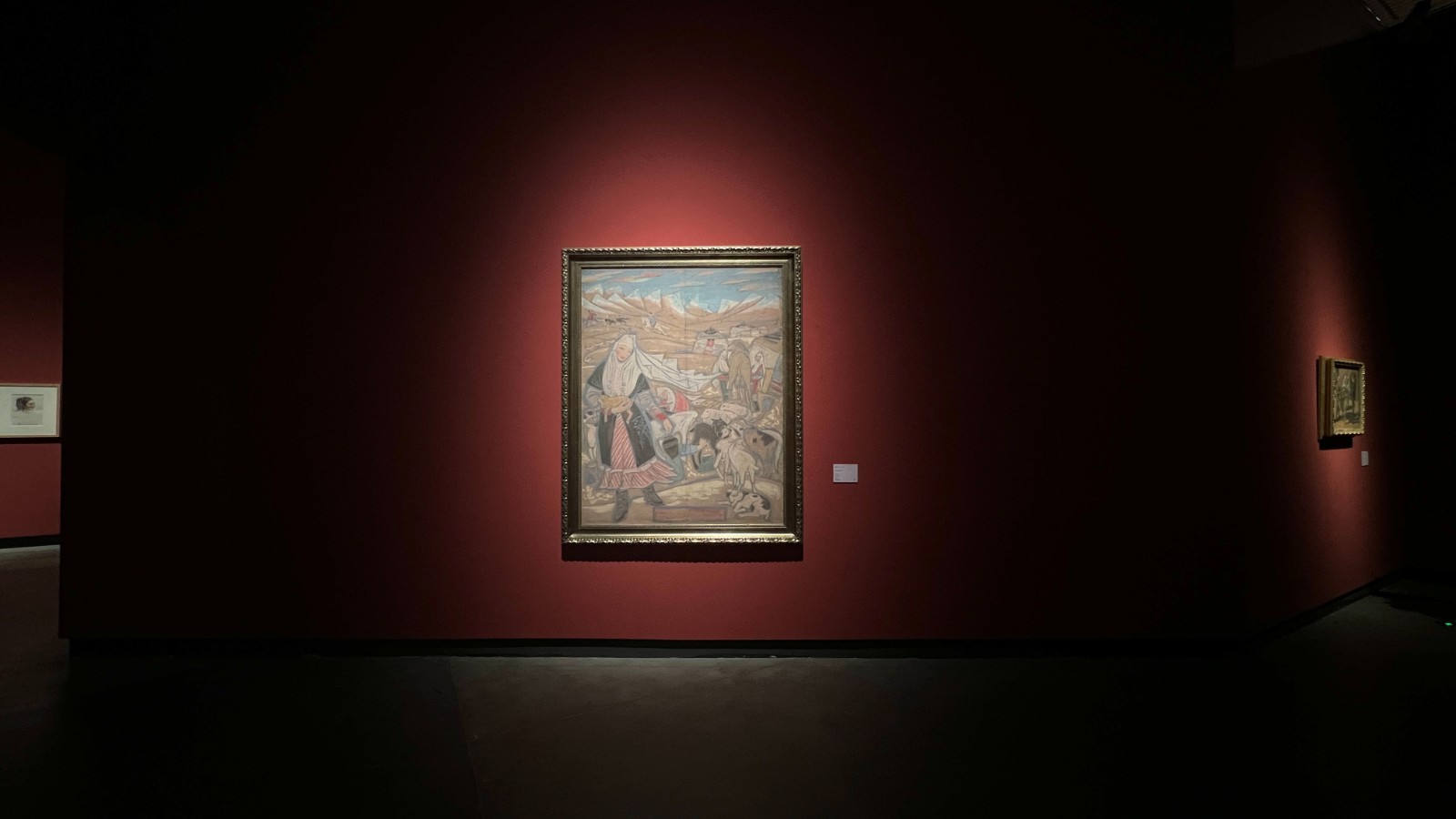


Exhibition View of “Painting Xinjiang: Art Works Related to Xinjiang from the 20th Century”
The other special exhibition “Between Heaven and Earth: The Tradition and Reproduction of Contemporary Chinese Ink Art” introduces the recently heated discussion around “contemporary ink art” into the scope of the Biennale. Starting from the historical and cultural soil that gave birth to the traditional Chinese artistic language, it investigates the infinite potential shown by artists of different generations in the face of the new era scene and the innovative context of expression in ink art. In response to the "harmony between nature and humans" rooted in Eastern traditional culture view, the four sub-units of "Between Landscapes," "Between the World," "Between the Sceneries," and "Between the Images" indicate the varied expressive styles of current ink art.





Exhibition View of “Between Heaven and Earth: The Tradition and Reproduction of Contemporary Chinese Ink Art”
Undoubtedly, the Third China Xinjiang International Art Biennale infuses this city with a fresh artistic atmosphere and thoughts while also attempting to inspire the region’s relatively static and homogeneous creative thinking and art with wide-ranging themes and diverse artworks. However, when the rapidly changing global trend of thought and avant-garde contemporary art flood into Xinjiang by taking advantage of the Biennale, whether this soil can be thoroughly absorbed and further create a new cultural impetus in the city, still needs time to settle and test.
It is reported that “Harmonious Symbiosis: The Third China Xinjiang International Art Biennale” remains on view till Feb. 25th, 2023.
Text by Emily Weimeng Zhou and edited by Sue.
Image courtesy of Xinjiang Art Museum, CAFA ART INFO and He Yifei.
About the exhibition:

“Harmonious Symbiosis: The Third China Xinjiang International Art Biennale”
Dates: 2023.1.10—2023.2.25
Venue: Xinjiang Art Museum


